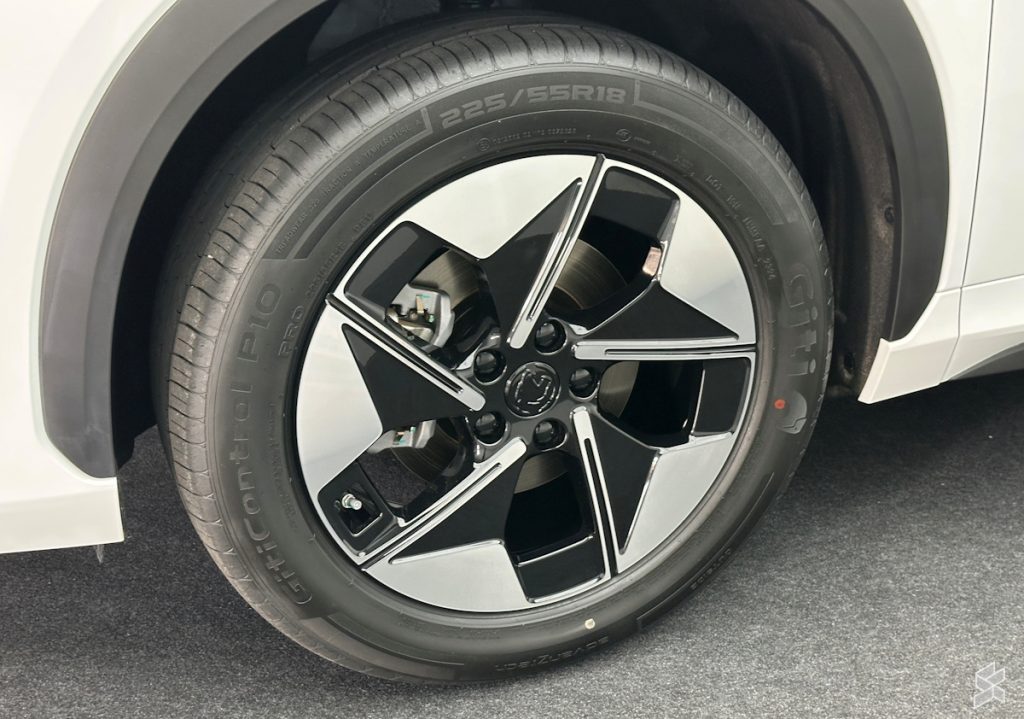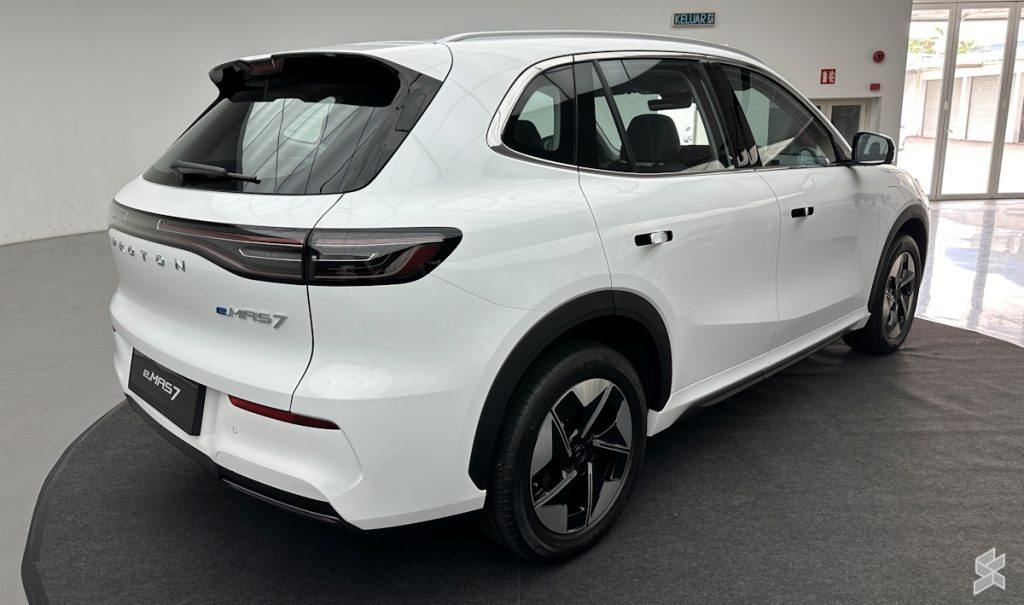Both Sony and Vivo announced very compelling flagship smartphones this year. In fact, both of them were announced in May. In this article, we’ll compare them, the Sony Xperia 1 VI vs Vivo X100 Ultra. Granted, these two phones are quite different, even though there are a couple of similarities between them. Before we get to it, do note that the Vivo X100 Ultra only comes in a Chinese variant. It did not launch globally, unlike the Xperia 1 VI. It does work perfectly fine in global markets, just make sure your carrier has proper support for it.
With that being said, we’ll first list the specifications of these two phones. Following that, we’ll compare them across a number of other categories, including design, display, performance, battery life, cameras, and audio performance. We have a lot of ground to cover, so… let’s get down to it.
Specs
Sony Xperia 1 VI vs Vivo X100 Ultra, respectively
– Screen size:
6.5-inch LTPO OLED display (flat, adaptive 120Hz, HDR)
6.78-inch LTPO AMOLED display (curved, adaptive 120Hz, HDR, 3,000 nits max brightness)
– Display resolution:
2340 x 1080
3200 x 1440
– SoC:
Qualcomm Snapdragon 8 Gen 3
– RAM:
12GB (LPDDR5X)
12GB/16GB (LPDDR5X)
– Storage:
256GB/512GB (UFS 4.0)
256GB/512GB/1TB (UFS 4.0)
– Rear cameras:
48MP (wide, f/1.9 aperture, 24mm lens, 1.12um pixel size, dual pixel PDAF, OIS), 12MP (ultrawide, f/2.2 aperture, 123-degree FoV, 1.4um pixel size, dual pixel PDAF), 12MP (telephoto, f/3.5 aperture, 170mm lens, 1.0um pixel size, dual pixel PDAF, 3.5x-7.1x continuous optical zoom, OIS, 4cm macro)
50MP (wide, f/1.8 aperture, 23mm lens, 1-inch type sensor, 1.6um pixel size, PDAF, gimbal OIS), 50MP (ultrawide, f/2.2 aperture, 116-degree FoV, 14mm lens, 0.8um pixel size, 1/2-inch sensor), 200MP (periscope telephoto, macro, f/2.7 aperture, OIS, PDAF, 3.7x optical zoom, 1/1.4-inch sensor, 0.56um pixel size)
– Front cameras:
12MP (wide, f/2.0 aperture, 1.22um pixel size, 24mm lens)
50MP (wide, f/2.5 aperture, 0.64um pixel size, 1/2.76-inch sensor)
– Battery:
5,000mAh
5,500mAh
– Charging:
30W wired, 15W wireless, 5W reverse wireless (charger & cable not included)
80W wired, 30W wireless, 5W reverse wired (charger included)
– Dimensions:
162 x 74 x 8.2 mm
164.1 x 75.6 x 9.2 mm
– Weight:
192 grams
229 grams
– Connectivity:
5G, LTE, NFC, Wi-Fi, USB Type-C, Bluetooth 5.4
– Security:
Side-facing fingerprint scanner
In-display fingerprint scanner (ultrasonic) & facial scanning
– OS:
Android 14
Android 14 with OriginOS 4
– Price:
€1,399+
CNY6,499+ ($898, China only)
– Buy:
Sony Xperia 1 VI (Amazon)
Vivo X100 Ultra (China only)
Sony Xperia 1 VI vs Vivo X100 Ultra: Design
Sony decided to widen its flagship this time around. Now it actually looks like a regular smartphone. Sony’s phones were very narrow before, and this change probably suits the vast majority of you. That phone still has a slightly narrower display aspect ratio than the Vivo X100 Ultra, but the difference is minimal. Both smartphones are made out of metal (aluminum) and glass.
The Sony Xperia 1 VI is shorter, narrower, and thinner than the Vivo X100 Ultra. Granted, it does have a smaller display than Vivo’s flagship, so that definitely plays a role here. It is also considerably lighter in comparison, by 37 grams. The Xperia 1 VI has slightly thicker top and bottom bezels as it does not include a display camera hole. The Vivo X100 Ultra has a centered display camera hole at the top. The Xperia 1 VI includes a flat display, while the Vivo X100 Ultra has a curved one.
Unlike the Vivo X100 Ultra, Sony’s flagship has a flat frame all around the phone. Both phones feature rounded corners, however. The back side of the Xperia 1 VI is flat, while the same cannot be said for the Vivo X100 Ultra. Even their camera islands are vastly different. Sony’s flagship has vertically aligned cameras in the top-left corner. The Vivo X100 Ultra includes a large camera oreo in the top portion of its backplate, and it’s centered.
Both of these smartphones are IP68 certified for water and dust resistance. Both of them feel like premium products in the hand, though considerably different. They are both also quite slippery. The Xperia 1 VI is easier to use with one hand, though both phones are quite large.
Sony Xperia 1 VI vs Vivo X100 Ultra: Display
The Sony Xperia 1 VI features a 6.5-inch fullHD+ (2340 x 1080) LTPO OLED display. That panel is flat, and it can project up to 1 billion colors. It also offers a refresh rate of up to 120Hz, while HDR content is supported here. The screen-to-body ratio here is around 86%, while the display aspect ratio on the Xperia 1 VI is 19.5:9. The Gorilla Glass Victus 2 from Corning is in charge of protecting this display.

On the flip side, the Vivo X100 Ultra features a 6.78-inch QHD+ (3200 x 1440) LTPO AMOLED display. This display is curved, and its refresh rate goes up to 120Hz. It can project up to 1 billion colors, and Dolby Vision is supported, as is HDR. The maximum brightness here is 3,000 nits. The screen-to-body ratio of the Vivo X100 Ultra is at around 89%, while the display aspect ratio is 20:9. We don’t know what display protection is Vivo using.
Both of these displays are excellent. They’re vivid, have great viewing angles, and those deep, inky blacks. They’re also more than sharp enough, even though the Vivo X100 Ultra is considerably sharper in comparison. The Vivo X100 Ultra has another notable difference, a display that does get brighter. The Xperia 1 VI’s display is not dim by any means, but the Vivo X100 Ultra does get notably brighter in direct sunlight.
Sony Xperia 1 VI vs Vivo X100 Ultra: Performance
Both of these phones are fueled by the same processor. Qualcomm’s Snapdragon 8 Gen 3 chip fuels these two phones. That is Qualcomm’s most powerful processor at the moment. The Xperia 1 VI offers 12GB of LPDDR5X RAM, while the Vivo X100 Ultra comes with up to 16GB of LPDDR5X RAM. Both smartphones utilize UFS 4.0 flash storage. So, they’re basically on the same playing field in terms of performance-related specs.
And yes… both of them offer great performance. They’re very fluid in basically all scenarios. You can easily multitask with both smartphones and even if you push them really hard they won’t budge. We’re talking about regular, everyday performance here. They’re great for multimedia consumption, emailing, messaging, browsing, and everything else you can think, of, both phones work great.
Now, many of you are probably wondering about gaming too. Well, it’s worth noting that the Xperia 1 VI does tend to throttle both CPU and GPU during gaming, only if you’re running truly demanding titles, though. We’re presuming that it’s doing that to keep the phone from overheating. Even though that’s happening, you likely won’t notice any impact on your gameplay because of this. Both phones run very demanding games without a problem.
Sony Xperia 1 VI vs Vivo X100 Ultra: Battery
Sony’s flagship features a 5,000mAh battery. The Vivo X100 Ultra, on the flip side, has a 5,500mAh unit. Vivo’s handset includes a silicon carbon battery, which is why such a large unit fits inside this body. Now, despite the fact the Vivo X100 Ultra has a larger battery, the Xperia 1 VI offers a better battery life. It’s a real road warrior when it comes to battery life, and the difference is notable.
The Vivo X100 Ultra can get up to 7 hours of screen-on-time, while the Xperia 1 VI goes above and beyond that. Getting over 8 hours of screen-on-time is not out of the question. Do note that gaming will impact those numbers on both sides, as will other truly graphically-demanding tasks. Your mileage will vary either way, so just keep that in mind. Both smartphones do offer great battery life, but the Xperia 1 VI is a step ahead, one step at least.
When the charging is concerned, the situation is flipped. The Vivo X100 Ultra supports 80W wired, 30W wireless, and reverse wired charging. The Sony Xperia 1 VI supports 30W wired, 15W wireless, and reverse wireless charging. Vivo’s handset not only charges much faster both via a wire and wirelessly, but it includes a charger in the box. The Xperia 1 VI doesn’t even include a charging cable.
Sony Xperia 1 VI vs Vivo X100 Ultra: Cameras
Both of these phones include three cameras on the back. Those camera setups are considerably different, though. The Xperia 1 VI has a 48-megapixel main camera, a 12-megapixel ultrawide unit (123-degre FoV), and a 12-megapixel periscope telephoto unit (3.5x-7.1x continuous optical zoom, macro). The Vivo X100 Ultra, on the flip side, includes a 50-megapixel main camera (1-inch type sensor, gimbal OIS), a 50-megapixel ultrawide camera (116-degree FoV), and a 200-megapixel periscope telephoto camera (3.7x optical zoom, macro).


It is also worth noting that both smartphones collaborated with ZEISS, and have the company’s T* coating on their lenses. Sony’s handset tends to keep things closer to real life when it comes to images. The Vivo X100 Ultra tends to prefer warmer colors, and the images from that phone look a bit more processed. Both smartphones do a great job during the day, as they provide tons of detail and well-balanced shots. The same goes for low light too, though the VIvo X100 Ultra has a tendency to brighten up the scenes a bit more than the Xperia 1 VI. Sony’s handset is not afraid of keeping things a bit darker in low light, closer to real life.
The Vivo X100 Ultra does a better job when it comes to portrait photography, while we also prefer its macro photography prowess… even though the Xperia 1 VI does a really good job on both of those fronts. Their ultrawide cameras are their weakest links, but they’re still very good. Do noet that the Xperia 1 VI’s ultrawide camera has a notably wider field-of-view (FoV), though. You can’t really go wrong with either of these phones when it comes to camera performance.
Audio
There are stereo speakers included on both of these smartphones. The ones on the Sony Xperia 1 VI are louder, though, notably louder. The Vivo X100 Ultra’s speakers are not dim, though, not at all. The sound is good on both sides, though.
What neither of these phones offers is an audio jack. You can always hook up your headphones to their Type-C ports, though. Both smartphones also offer Bluetooth 5.4 support, so wireless audio connectivity is here if you need it.



